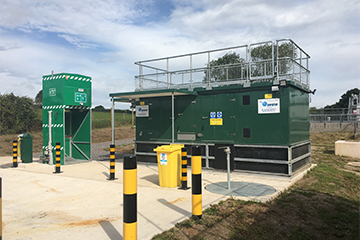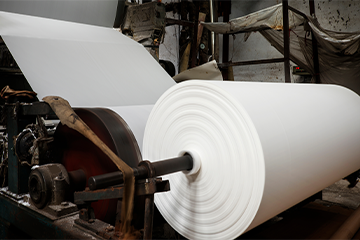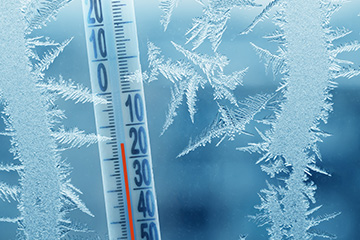Enquiry List () (0)
- Jun 10, 2022
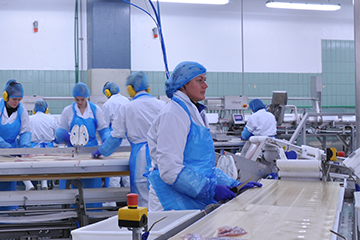
Facing hazards in the fast-paced Food and Beverage Industry
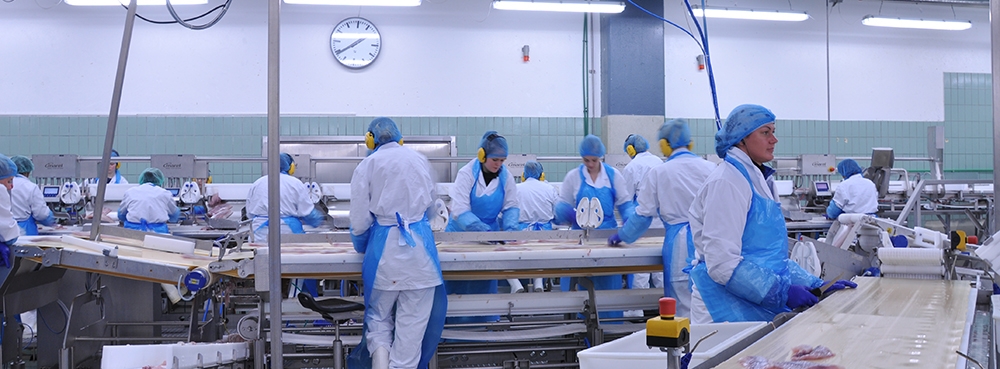
The food & beverage industry is one of the largest manufacturing sectors in the USA, with revenue amounting to $919.40billion for 2022 and an anticipated annual growth of 3.12% for the food sector alone. This industry and its employees face increased demand from a constantly growing population. As pressure to escalate production increases, the industry cannot afford to neglect the safety of its workers.
According to an overview of citations issued by the Occupational Safety and Health Administration (OSHA), facilities in the food and beverage industry received a total of 1,177 citations between the months of October 2020 and September 2021. These citations amounted to a total of $8,575,378 in fines for facilities. They were issued for a wide range of safety standard violations, including improper hazards communication, lack of process safety management and lack of safeguards for personnel protection.
Food processing and manufacturing facilities must be kept clean and sanitary to protect food safety and prevent foodborne illnesses. Chemical soaps, detergents, sanitizers, corrosive caustic soda and disinfectants are routinely used to help keep food free of unwanted microorganisms and other contaminants.
These chemicals are vital to the safety of any food production process, but they can also be hazardous to the workers that come into contact with them. The same is true of the harmful refrigerants used to store products and keep them fresh, the majority of which contain anhydrous ammonia which is capable of burning the skin upon contact. It is essential that employees who are exposed to these substances have access to appropriate safety showers and eye/face wash equipment.
Safety shower considerations for the food and beverage industry
For a hygienic and sterile environment, it’s important that all safety showers inside a food and drink facility are made of stainless-steel. This ensures the showers are durable, corrosion resistant and easy to clean.
The internationally recognized American National Standard, ANSI/ISEA Z358.1-2014 provides uniform minimum requirements for the performance, use, installation, testing, maintenance and training of emergency safety shower and eyewash equipment. Here we outline some of the main considerations.
In order to minimize any injury with a swift decontamination in the event of a spill or splash, emergency safety showers must be located within 20 meters, or 10 seconds reach, of a hazard. However, if a chemical is particularly hazardous, the safety shower and/or eye/face wash equipment must be placed immediately adjacent to the hazard. Personnel should be instructed on the safe and proper use of the emergency safety equipment and be advised of its location.
Emergency safety equipment must be visually inspected and activated weekly along with an annual service to guarantee reliable and effective operation and conformance to European and International standards.
According to these standards, the water delivered by emergency safety showers should be tepid, between 16-38 C (60-100 F). At temperatures above 38 C (100 F) there is the added danger of scalding and increased absorption of harmful chemicals into the skin whereas prolonged exposure to water below 16 C (100 F) increases the risk of thermal shock or hypothermia and prevents the casualty using the shower to decontaminate effectively for the full 15 minutes.
Some chemicals dictate a particular decontamination procedure. For example, contact with anhydrous ammonia requires flushing of the area with a large amount of water for at least 15 minutes, at a temperature between 25C-30C. For set temperature decontamination, you will need a Temperature Controlled Safety Shower. These units maintain the water within a set range and can also be used to supply heated water to other emergency safety showers in the local vicinity. Always check the safety data sheet of the hazardous material for specific decontamination requirements.

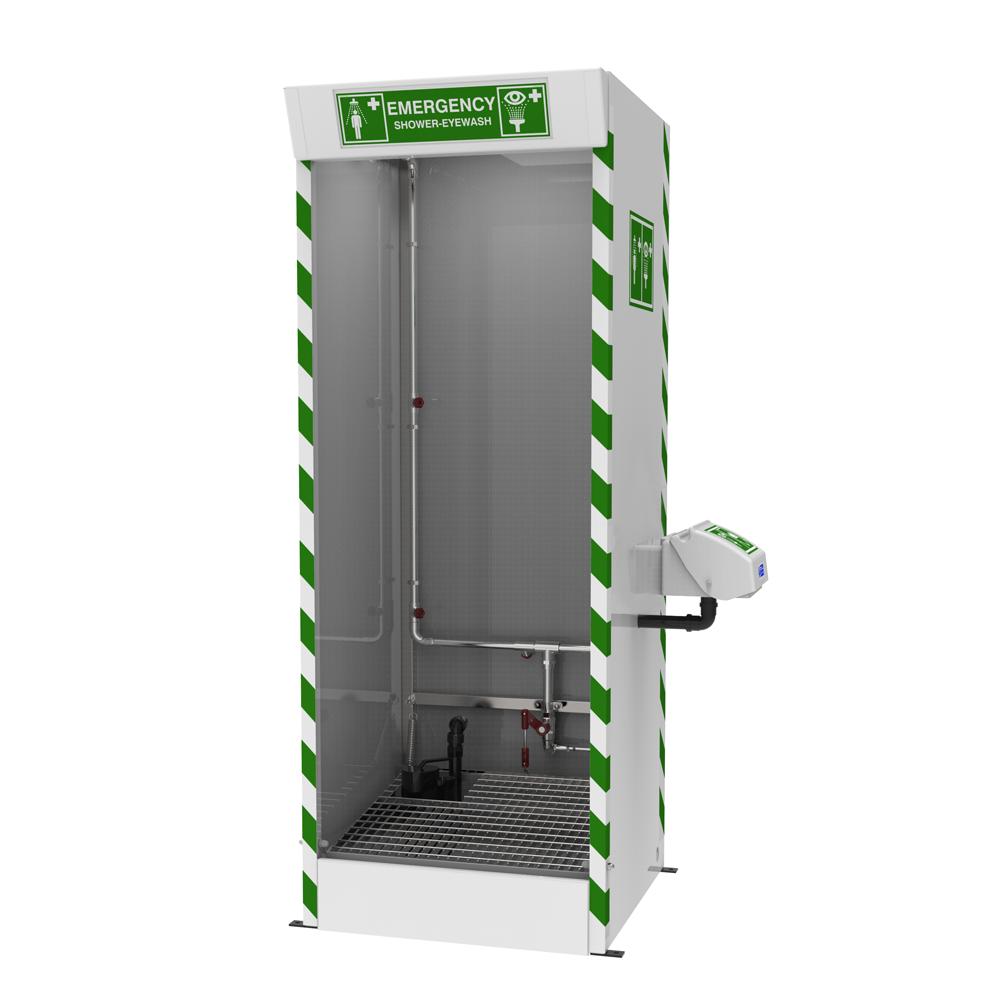 In manufacturing, space is at a premium. Over-door, ceiling and wall-mounted models are an easy solution to ensure as little floor space as possible is used. Where there is a little more space to spare, combination units comprise of a plumbed in safety shower as well as an eye/face wash for full decontamination. Hughes face and eye wash stations are designed to be easy to operate and provide quick relief for injured workers, while our safety showers are designed to satisfy OSHA requirements and are also corrosion-resistant and easy to clean.
In manufacturing, space is at a premium. Over-door, ceiling and wall-mounted models are an easy solution to ensure as little floor space as possible is used. Where there is a little more space to spare, combination units comprise of a plumbed in safety shower as well as an eye/face wash for full decontamination. Hughes face and eye wash stations are designed to be easy to operate and provide quick relief for injured workers, while our safety showers are designed to satisfy OSHA requirements and are also corrosion-resistant and easy to clean.
In some instances, the spray and contaminated water will need to be carefully contained to ensure a sterile environment, cubicle units are the ideal solution as they are enclosed with an integral drain sump.
Keeping your workers safe
The food and drink industries are varied and complex with many potential health and safety risks. It is imperative that workers who are exposed to hazardous substances have easy and quick access to safety showers and eye/face wash equipment in the event of a spill or splash.
For advice on the most suitable solution for your application or to request a quote, contact us today.
References for statistics:




